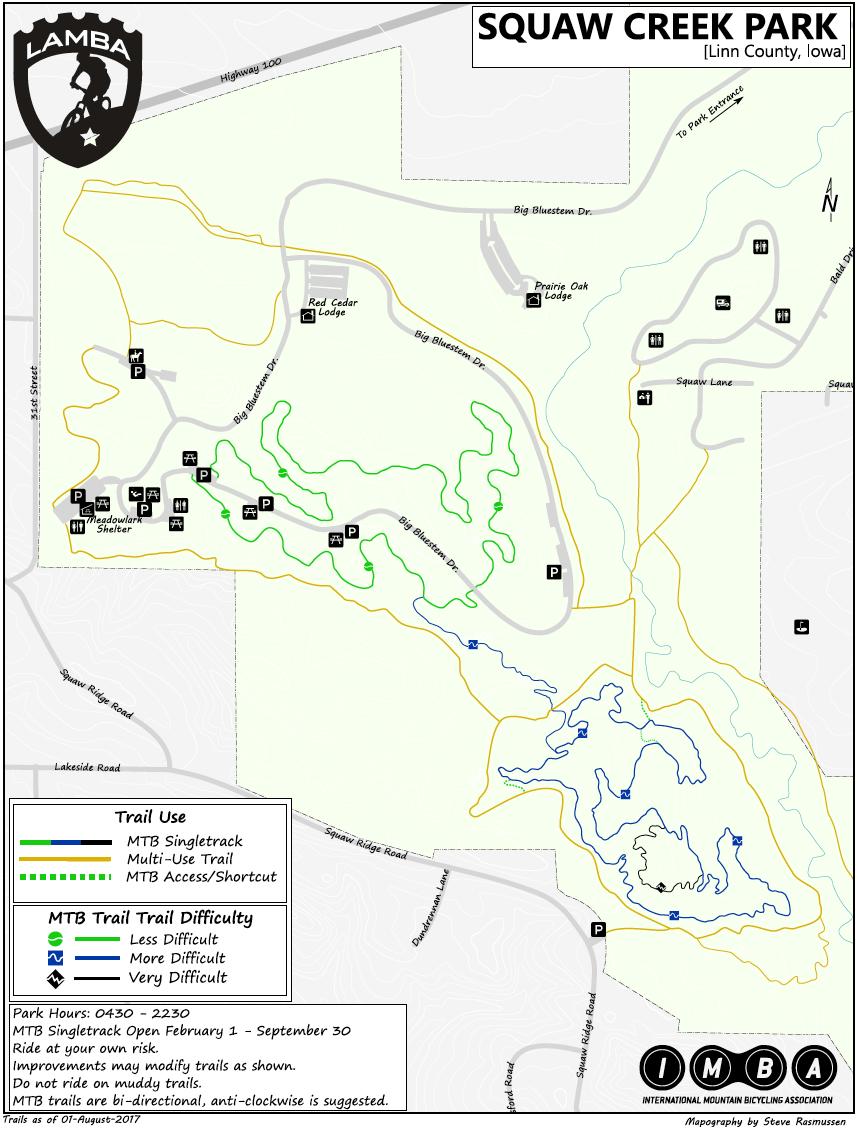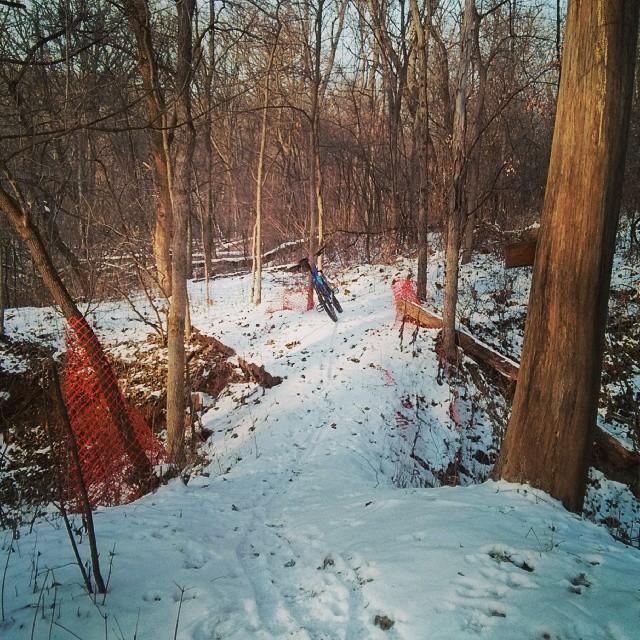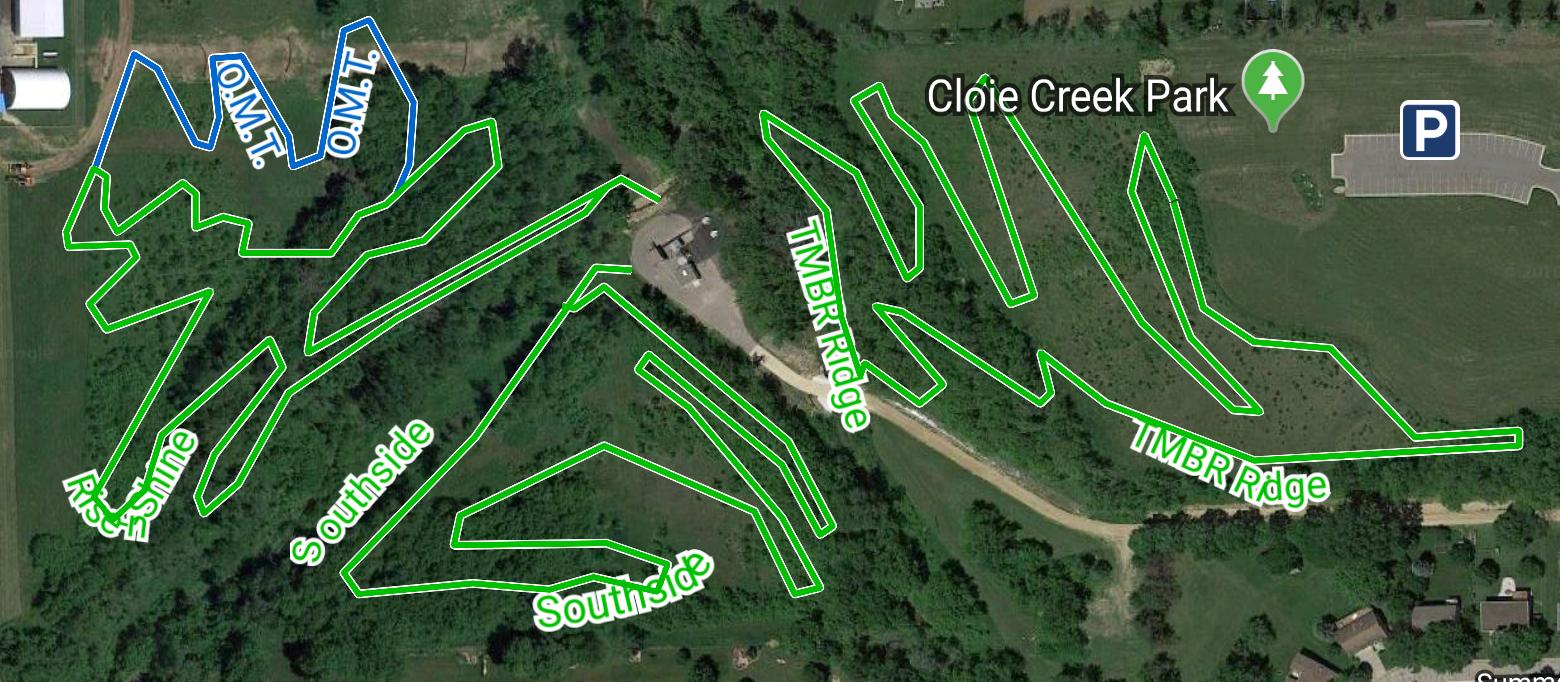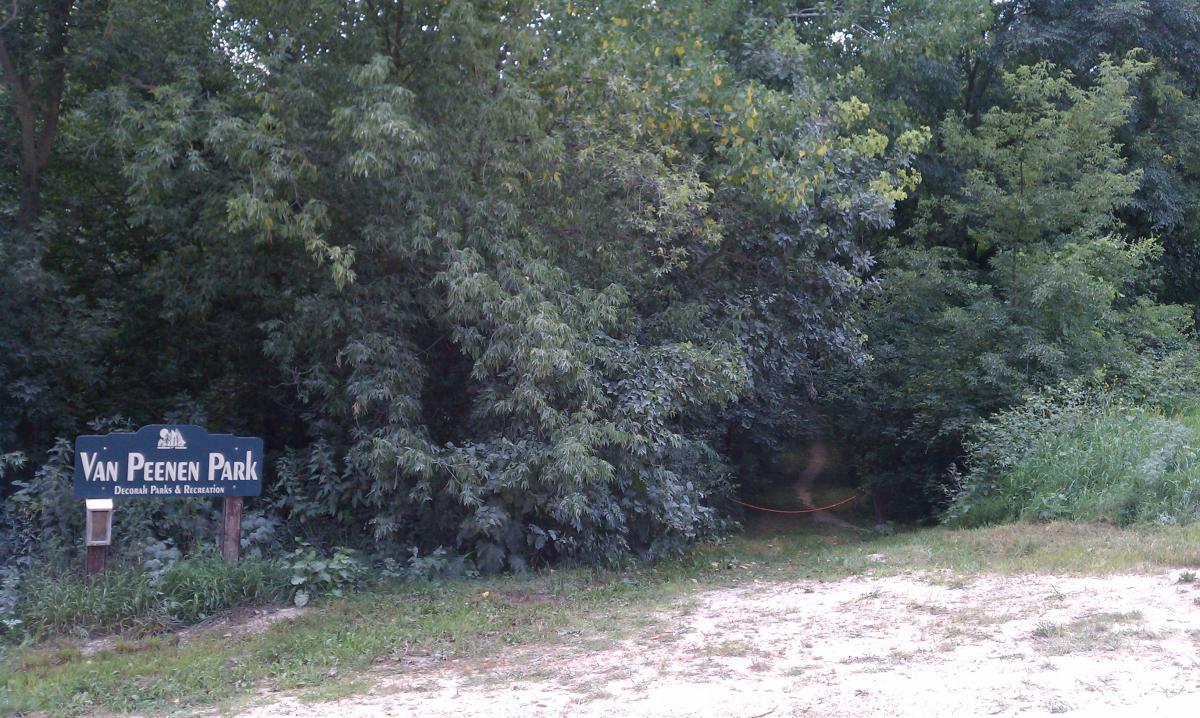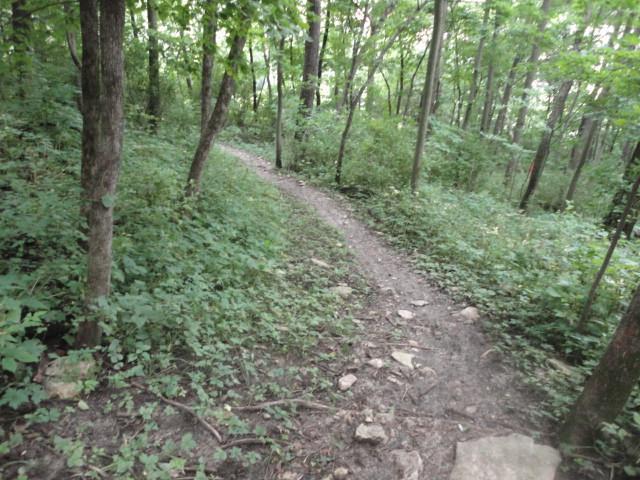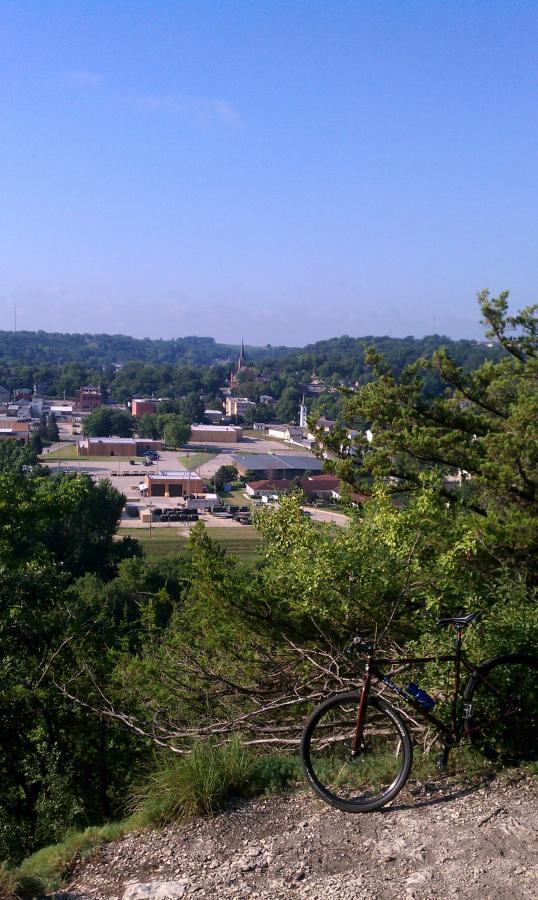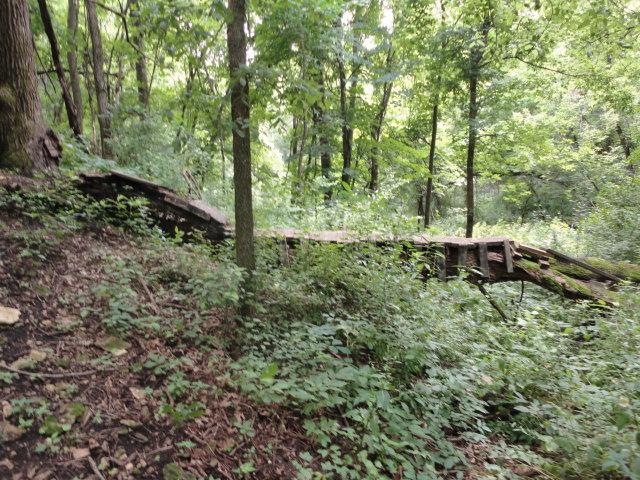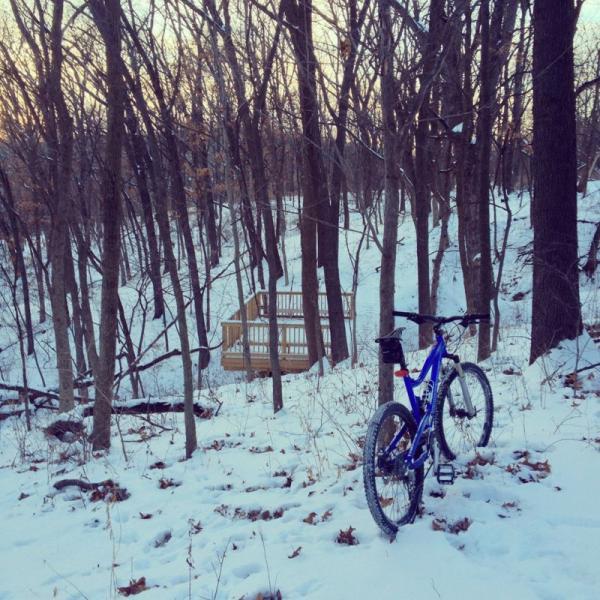Iowa: Area Description
Iowa is flanked by Big Sioux, Missouri, Nebraska, and South Dakota, grasslands to the west, and Mississippi, Illinois, Wisconsin, and forests to the east. The physical geography of the state is defined by the rolling hills and the two rivers running parallel to each other.
The total area of Iowa is 56,272.81 square miles. Some regions have rolling hills, and others used for farmlands have flat plains.
There are 99 counties in Iowa and 949 cities, with some, like Denver and Mediapolis having a population of less than 2,000.
Iowa has 30 percent of the best farmland in the country, and it ranks second behind Nebraska as the state with the largest farmland. There are 84,900 farms occupying 30.5 million acres, according to the United States Department of Agriculture. The state has expansive fields of soybean and corn and uncountable barns housing hogs, poultry, cattle, goats, and turkeys.
Fun fact: More than 60 million chickens are laying nearly 14 billion eggs, and hogs exceed the population in Iowa.
The state has 34 lakes, including Lake Red Rock and Iowa Great Lakes, a group of five interconnected lakes that are popular with paddlers and anglers. There are 62 State parks and 21 County parks with a variety of artificial lakes, water recreation activities, historical facilities, beachfront views, and nature trails for hiking and mountain biking in Iowa. For instance, you can go boating or shoreline fishing at Geode State Park, named after the official state rock. The park also has campsites and the Lake Geode Loop, a two-way singletrack that you can ride in either direction.
| Land area (sq. mi; sq. km) |
55,857.1 sq mi (144,669.2 km2) |
| Minimum Elevation |
480 ft (146 m) |
| Maximum Elevation |
1,671 ft (509 m) |
Demographics of Iowa
There are 3,203,345 residents in Iowa, an increase of 0.41% compared to the 2020 census. There is little diversity as the population is largely composed of 89.09% White and 3.72% African American. The majority of residents are of German, English, and Irish origin.
The rate of citizenship is 85.4 %, and the largest number of non-residents is from Asia. 91.63% of the population speaks English only. Spanish is the second most common language in Iowa.
The largest city and county by population are Des Moines city and Polk County, respectively. The former has 213,545 residents, and the latter has 488,871 residents.
The median age is 38.3. The employment rate in Iowa is 64.3%, and the average earning is $41,504.
The median household income is $61,836. 71.2% of Iowans are homeowners, and 77% are Christians.
| Total population |
3,190,369 (2022) |
| Population density (persons per sq. km) |
57.1/sq mi (22.0/km2) |
Climate of Iowa
Owing to its position in the continent, it is normal for Iowa to have an extreme climate. The summers are hot and humid, with temperatures ranging from 74 °F to 90 °F. The season is accompanied by frequent rain and thunderstorms, especially in June, caused by air masses. There may also be hail and tornadoes, the most recent one being in 2008.
The winters are cold and freezing, and in January, the temperature drops to 21.2 °F in the east and south and 14 °F in the north and west regions.
Iowa has snowfall, but it is not as heavy as it is in early Spring and late Fall. However, intense thunderstorms in Spring occur at an average rate of 50 days a year.
Average Temperature by Months
| Month |
Temperature |
| January |
52.3 °F |
| February |
56.1 °F |
| March |
62 |
| April |
68.9 |
| May |
75.9 |
| June |
80.7 |
| July |
81.9 |
| August |
82.7 |
| September |
78.5 |
| October |
70.7 |
| November |
61.1 |
| December |
54.3 |
Infrastructure
Iowa has 35 urban and regional mass transit systems. They include Cedar Rapids Transit, Sioux City Transit, Omaha Metro Transit, and Des Moines Area Regional Transit.
There are five major interstate highways; I-29, 1-35, I-74, I-80, and I-380.
Amtrak is the primary railroad provider, with Southwest Chief and California Zephyr operating three days per week.
The city’s airport network consists of many regional and smaller airports. They include Quad City International Airport, Des Moines International Airport, Waterloo Regional Airport, and Fort Dodge Regional Airport,
Air travel includes the Port of Dubuque, which is a tourist attraction near the Mississippi River. Others are the Port of Muscatine, port of Burlington, and Port of Keuk.
Sights and Landmarks in Iowa
The Hawkeye State combines rural and city elements that will delight you as you traverse it. Some of the places you should visit include:
- Sergeant Floyd Monument
- The Mines of Spain
- Madison County Bridges
- Effigy Mounds National Monument
- Amana Colonies
- Columbus Junction Bridge
FAQ about Trails in Iowa
Which trails are in Cedar Rapids?
There are a number of good trails you can choose from. The Trashmore Trail is designed for mountain bikes riding downhill only, and pedestrians are not allowed. The Overlook Trail will allow you the shortest ride to the top of Mount Trashmore, and the Cedar Lake Loop Trail is an all-weather route paved with concrete and asphalt. It has great views of the lake and amenities, including bicycle racks, benches, and picnic tables.
How long is the High Trestle Trail?
The former railroad line in Iowa stretches 25 miles, and it has a fairly flat and smooth surface that is ideal for all riders. The trail is also popular with equestrians, hikers, and nature observers, and you can view the Des Moines River Valley and High Trestle Trail Bridge. Also, some bike path sections pass under old bridges and through tunnels.
Which Iowa City bike trail do you recommend for urban riding?
Along the shaded Walnut Creek Trail are many parks, such as Colby Park, which has a pavilion, softball, and baseball playgrounds, and other activities for the whole family. Moreover, the route passes through the Windsor Heights suburbs and links to a large trail network in West Des Moines. You can also ride on Meredith Trail, an easy urban trail with a scenery of the skyline and the Des Moines River.

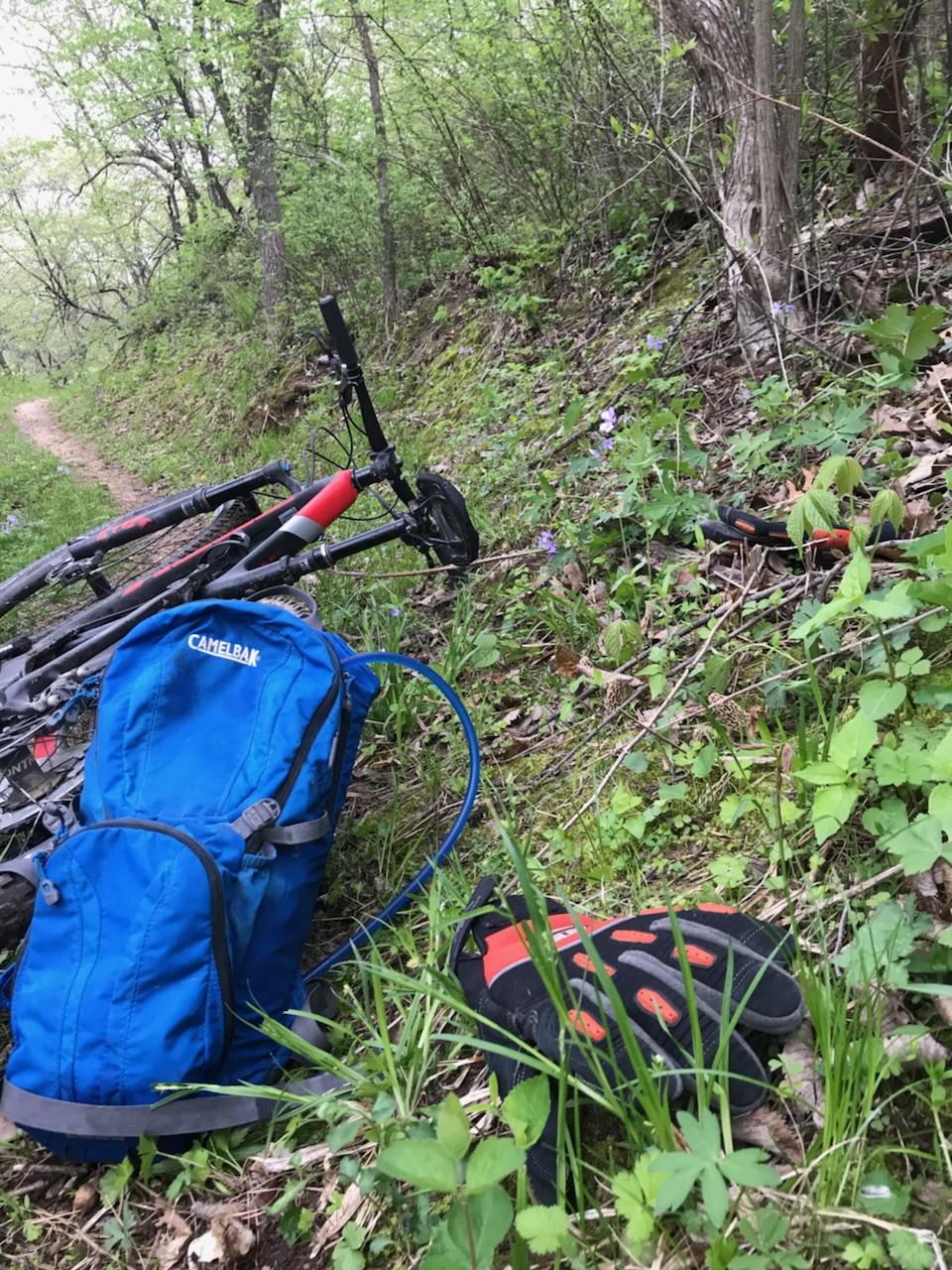
 16 mi
16 mi
